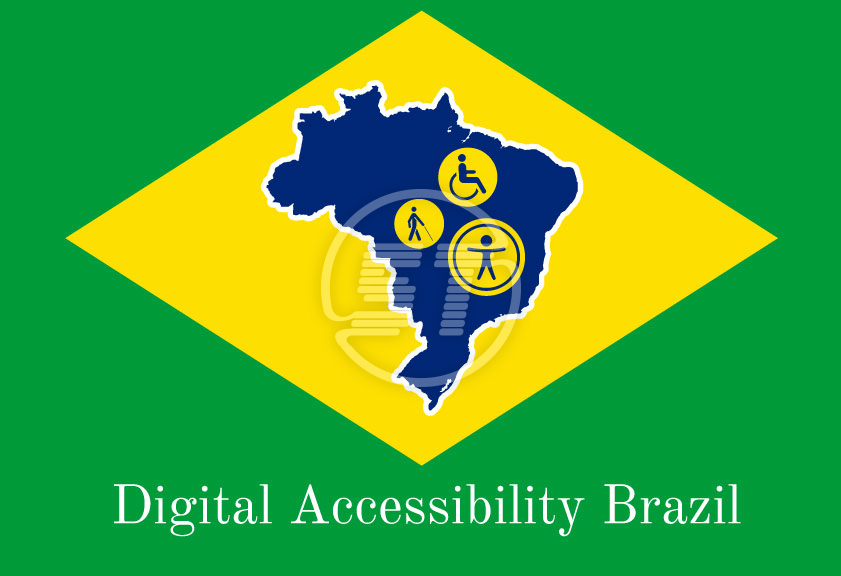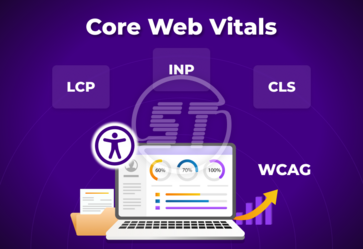Brazil has the Brazilian Accessibility Law, enacted in 2015, aiming to promote, protect, and ensure the full access of human rights for persons with disabilities. The law covers various aspects of accessibility, particularly in information and communication technologies (ICT). It mandates that both public and private entities provide accessible websites, applications, software, hardware, and digital content compliant with international standards like the Web Content Accessibility Guidelines (WCAG) 2.0. The law focuses on ensuring equal access to digital resources for individuals with disabilities. In this article, we will delve deeper into the Brazilian Inclusion Law and the intricacies of Brazil's Disability Quota system as established by the Brazilian Law of Quotas for people with disabilities. We'll explore the challenges encountered by companies meeting quotas, legal implications, enforcement measures, ongoing debates in the Brazilian National Congress for potential amendments addressing practical hurdles.
What is the Accessibility Law in Brazil?
In Brazil, the Accessibility Law, LBI 13.146/2015 mandates universal design not only in physical environments but also in digital spaces. This law requires that information and communication systems, including websites and digital platforms, must be accessible to individuals with disabilities. It emphasizes the principle of universal design generally, stipulating that if universal design is not feasible, reasonable adaptations must be made to ensure accessibility.
Despite being a legally protected right, the implementation of digital accessibility remains a significant challenge in Brazil. According to the information shared, less than one percent of the more than 20 million registered websites in Brazil are fully accessible. This gap in accessibility arises due to various factors, including a lack of awareness among professionals in programming, design, and content creation, as they often do not receive adequate education or training in digital accessibility standards.
International standards such as the Web Content Accessibility Guidelines (WCAG) developed by the World Wide Web Consortium (W3C) are referenced in Brazil's Accessibility Law. These guidelines, consisting of 78 rules with updates to keep pace with technological advancements, cover content, design, and programming aspects of digital accessibility. Despite these established standards, their adoption and understanding among professionals in relevant fields remain limited.
The Accessibility Law in Brazil aims to address the needs of a diverse range of disabilities, including visual impairment, hearing loss, mobility impairments, neurodiversity, among others. It emphasizes the necessity of considering individuals’ experiences while ensuring digital accessibility.
What are digital accessibility guidelines?
Accessibility requirements in Brazil concerning digital technology aim to address the disparities and challenges arising from digital transformation. Brazil acknowledges the significance of reducing the digital divide, especially considering the substantial inequality prevailing in both offline and online realms. The country's approach involves analyzing and identifying the specific scenario within its borders to create effective policies and legal frameworks.
The digital divide presents both positive and negative aspects as the fourth industrial revolution unfolds. Positive aspects encompass transparent governance, real-time connections, and the convenience of online services. Conversely, it also introduces issues such as privations and violent extremism, resulting in a disparity of access and opportunities (Kiyindou, 2019).
To effectively tackle the digital divide in Brazil, it becomes crucial to move beyond general data and undertake a detailed examination of the country's unique circumstances. This necessitates examining data and indices provided by research institutes while considering existing literature. Only by understanding the local context can tailored policies and legal tools be proposed to mitigate inequality and foster digital equality within the country.
Brazil acknowledges the transformative power of digital technologies in reshaping economies, politics, and knowledge production. The emergence of the fourth industrial revolution, termed Revolution 4.0, signifies a progressive shift from the analog to the virtual world. It involves rapid advancements in information technology, impacting various aspects of individual and community life.
However, amidst the opportunities presented by IT, Brazil recognizes the associated risks, such as unemployment and social alienation. The unequal accessibility to digital opportunities further exacerbates inequality. Large tech corporations controlling vast amounts of data pose challenges for individuals, public administrations, and small-scale economic entities, perpetuating disparities.
What is the disability quota in Brazil?
The Disability Quota in Brazil, established by the Brazilian Law of Quotas for People with Disabilities in 1991, mandates companies with a staff count of 100 or more to reserve positions for individuals with disabilities. This quota ranges from 2% to 5% of the workforce based on the company's employee count. The law covers various disabilities and ensures rights under the Consolidated Labor Laws (CLT), offering flexible work hours, proportional salaries, and necessary accommodations.
Despite this law, statistics from the Brazilian Institute of Geography and Statistics (IBGE) indicate that a significant portion of the disabled population remains underemployed. Many companies struggle to comply due to cultural discrimination and practical challenges, resulting in fines and legal actions by authorities. However, court judgments have occasionally interpreted the law leniently, considering the complexities faced by companies in hiring individuals with disabilities. Some judgments have acknowledged the difficulty in finding suitable candidates, providing relief or exemptions in certain cases.
Companies, facing difficulties in meeting the quota, have approached Brazilian courts, seeking alternative measures or exemptions. However, the existing legislation doesn't offer explicit provisions for exceptions, leading to legal battles for compliance.
In the absence of legislative changes that consider the practical challenges faced by most companies, the resolution of compliance issues largely relies on companies presenting their difficulties in court, backed by evidence, until lawmakers propose more nuanced legal amendments.
Conclusion
In summary, the Accessibility Law in Brazil, established under the Law for the Inclusion of Persons with Disabilities, mandates universal design for both physical and digital environments, requiring information and communication systems to be accessible to individuals with disabilities. However, challenges in implementation persist due to a lack of awareness and understanding among professionals regarding international standards and guidelines for digital accessibility.
We are a proud W3C (World Wide Web Consortium) and IAAP (International Association of Accessibility Professionals) member and a part of the global accessibility community to stay up to date with compliance guidelines.
We are providing website ADA WCAG 2.1 and 2.2 Level A, AA, AAA remediation services, website ada compliance audit, VPAT accessibility conformance report, accessibility document remediation, ongoing website accessibility monitoring, accessibility training, consulting, support, and AI quick website accessibility solution for enhancing accessibility compliance for various international standards including Brazilian Inclusion Law (LBI 13.146/2015). Reach out hello@skynettechnologies.com to know more.


